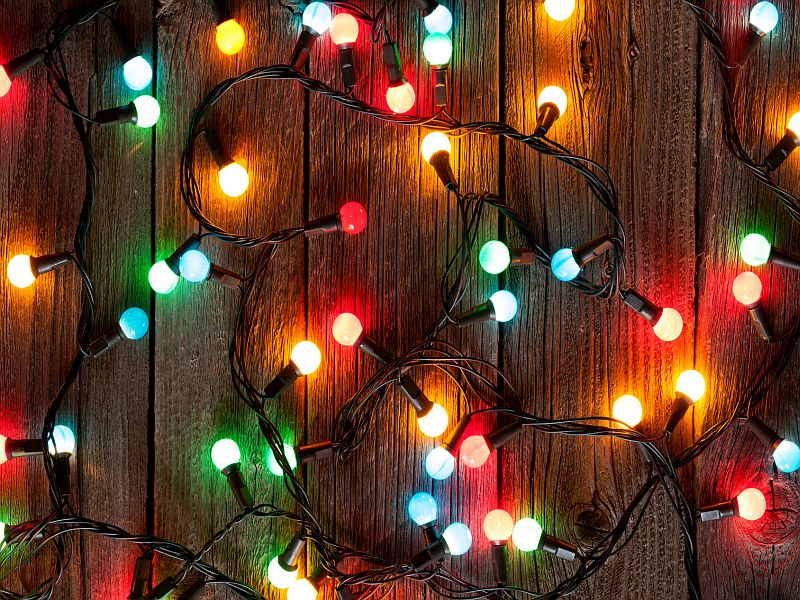

Safety First When Stringing Holiday Lights
Putting lights on a metallic tree is an electrical hazard, experts warn
Tuesday, December 20, 2016


TUESDAY, Dec. 20, 2016 (HealthDay News) -- Stringing up lights is a holiday tradition for many families, but it's important to use these and other electric decorations safely to prevent accidents and injuries, according to the American Academy of Pediatrics (AAP).
Before putting lights on a Christmas tree, inspect each strand for frayed or exposed wires, broken sockets or loose connections -- even if they are brand-new, the AAP advises. The group also makes the following safety recommendations:
- Never put lights on a metallic tree. Anyone who touches a metallic tree with faulty lights could be electrocuted.
- Lights should be kept out of children's reach. The wire coating and bulb sockets of some strands may contain a significant amount of lead. Those handling lights should also wash their hands afterwards.
- Use outdoor lights that have been certified for outdoor use. This should be indicated on their label. Never use nails or tacks to secure outdoor lights. They can be strung through hooks or insulated staples. Outdoor lights should also be removed carefully. Do not pull or tug on them.
- All outdoor electric decorations should be plugged into circuits with ground fault circuit interrupters to prevent shocks.
- Never leave the house or go to bed with lights on. Electric holiday decorations could short out and start a fire.
- When hanging lights indoors, make sure wires aren't pinched by furniture. Cords should also not run beneath rugs.
- Avoid overloading extension cords. Do not plug more than three strands of lights into one extension cord.
SOURCE: American Academy of Pediatrics, 2016
HealthDay
Copyright (c) 2016 HealthDay. All rights reserved.
News stories are provided by HealthDay and do not reflect the views of MedlinePlus, the National Library of Medicine, the National Institutes of Health, the U.S. Department of Health and Human Services, or federal policy.
- More Health News on:
- Child Safety
- Children's Health
- Safety



























.jpg)












No hay comentarios:
Publicar un comentario